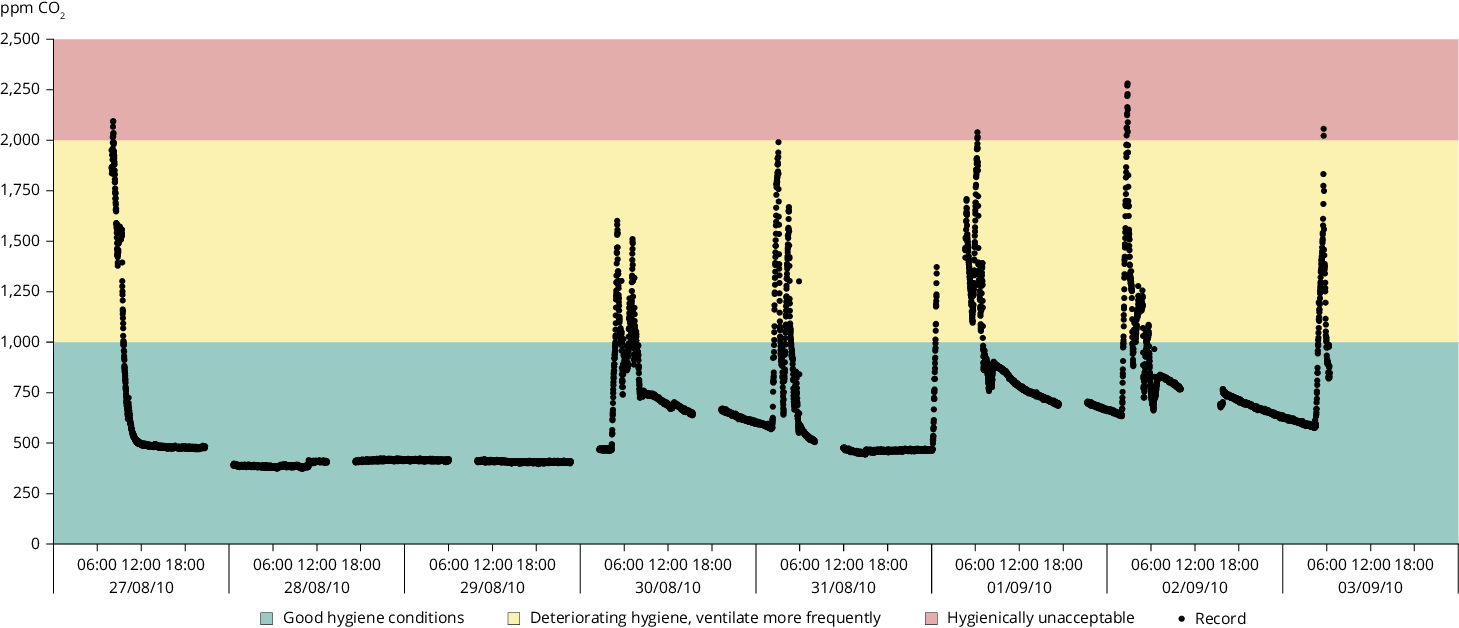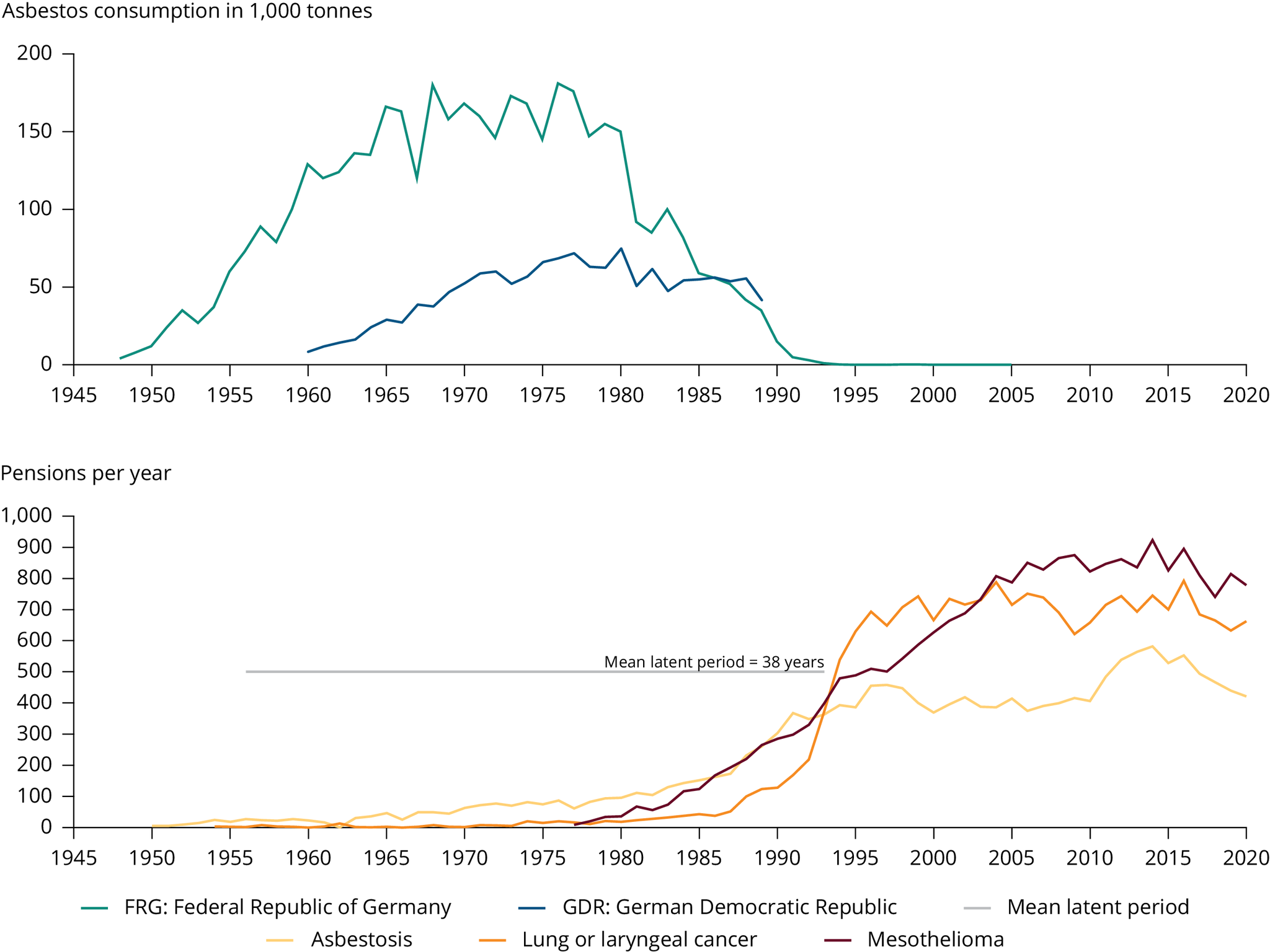Amato, F., et al., 2016, ‘AIRUSE-LIFE+: a harmonized PM speciation and source apportionment in five southern European cities’, Atmospheric Chemistry and Physics 16(5), pp. 3289-3309 (https://doi.org/10.5194/acp-16-3289-2016).
Chowdhury, P. H., et al., 2019, ‘Connecting the oxidative potential of secondary organic aerosols with reactive oxygen species in exposed lung cells’, Environmental Science and Technology 53(23), pp. 13949-13958 (https://doi.org/10.1021/acs.est.9b04449).
Daellenbach, K. R., et al., 2020, ‘Sources of particulate-matter air pollution and its oxidative potential in Europe’, Nature 587, pp. 414-419 (https://doi.org/10.1038/s41586-020-2902-8).
Decesari, S., et al., 2017, ‘Enhanced toxicity of aerosol in fog conditions in the Po Valley, Italy’, Atmospheric Chemistry and Physics17(12), pp. 7721-7731 (https://doi.org/10.5194/acp-17-7721-2017).
Delfino, R. J., et al., 2010, ‘Associations of primary and secondary organic aerosols with airway and systemic inflammation in an elderly panel cohort’, Epidemiology 21(6), pp. 892-902 (https://doi.org/10.1097/EDE.0b013e3181f20e6c).
European Commission, 2022, Systematic assessment of monitoring of other air pollutants not covered under Directives 2004/107/EC and 2008/50/EC, Publications Office of the European (https://data.europa.eu/doi/10.2779/691266) accessed 3 November 2022.
Park, M., et al., 2018, ‘Differential toxicities of fine particulate matters from various sources’, Scientific Reports8, pp. 1-11 (https://doi.org/10.1038/s41598-018-35398-0).
Sarnat, S. E., et al., 2016, ‘Ambient PM2.5 and health: does PM2.5 oxidative potential play a role?’, American Journal of Respiratory and Critical Care Medicine 194(5), pp. 530-531 (https://doi.org/10.1164/rccm.201603-0589ED).
WHO, 2021, WHO global air quality guidelines. Particulate matter (PM2.5 and PM10), ozone, nitrogen dioxide, sulfur dioxide and carbon monoxide, World Health Organization, Geneva (https://apps.who.int/iris/handle/10665/345329).
Zhang, H., et al., 2018a, Physical and chemical characteristics of PM2.5 and its toxicity to human bronchial cells BEAS-2B in the winter and summer, Journal of Zhejiang University-Science B 19, pp. 317-326 (https://doi.org/10.1631/jzus.B1700123).
Zhang, W., et al., 2018b, Triggering of cardiovascular hospital admissions by fine particle concentrations in New York state: before, during, and after implementation of multiple environmental policies and a recession, Environmental Pollution242, pp. 1404-1416 (https://doi.org/10.1016/j.envpol.2018.08.030).



Document Actions
Share with others